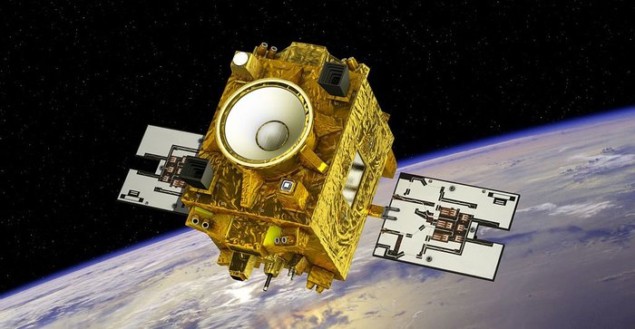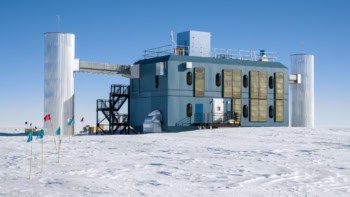
New insights into whether a hypothetical fifth fundamental force exists have been gleaned by physicists using data from the MICROSCOPE space mission – which was launched in 2016 by France’s National Centre for Space Studies (CNES). The work was done by Joel Bergé at the University of Paris Saclay and colleagues.
Scalar-tensor theories are a wide class of theories about the nature of gravity and have some fascinating consequences. At the Newtonian limit – for small masses with weak gravitational fields – scalar-tensor theories imply a fifth fundamental force. This force can be described using a modification of Newton’s gravitational laws involving a Yukawa potential. The potential reveals how the range of the fifth force depends on the mass of the scalar field – and the range can vary from microns up to cosmological scales.
Such a fifth force should lead to the violation of the weak equivalence principle (WEP), which states that test bodies fall with the same acceleration independent of their internal structure or composition. In contrast, the Yukawa potential varies the fifth force depending on the composition of the masses involved – and this should lead to different accelerations for different types of objects.
Composition dependence
In their study, the team sought to measure the effects of this dependence on composition to put constraints on the strengths of Yukawa-type interactions. They also look at how the Yukawa potential implies variations in the fundamental physical constants that could govern WEP violation, allowing them to set constraints on these variations.
CNES’s MICROSCOPE experiment was launched in 2016 and has delivered its first data. The satellite tests the possible difference in the rates of free-fall of two test masses made from different materials as they orbit Earth – thereby detecting potential WEP violation. The equipment measures the difference in acceleration between the masses in the same gravitational field, to a precision of one part in 1014. No difference was found, and therefore there is no evidence for a fifth force at this level of precision.
The researchers also explored what this constraint says about the potential physical causes of a hypothetical fifth force. They made the case that massive scalar fields are coupled to either the baryon numbers or the difference between baryon and lepton numbers of the constituent particles in matter. The insight allowed the team to improve existing constraints on the fifth force for ranges larger than 10⁵ metres by an order of magnitude.
After the MICROSCOPE experiment ends later this year, Bergé’s team will have access to 10 times more data than they used to make their calculations. The information will allow the researchers to optimize their constraints on WEP violation and the fifth force even further.
The study is described in Physical Review Letters.



